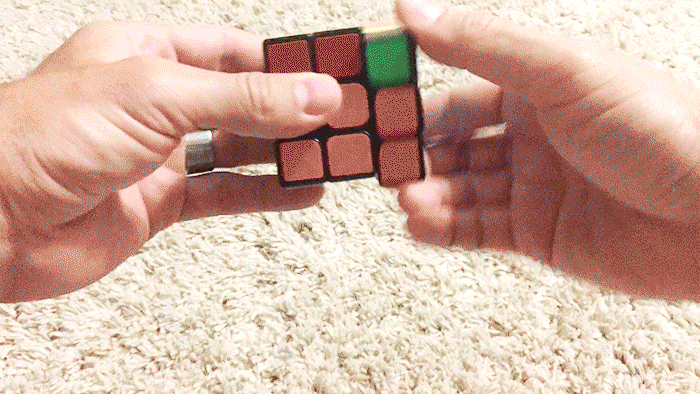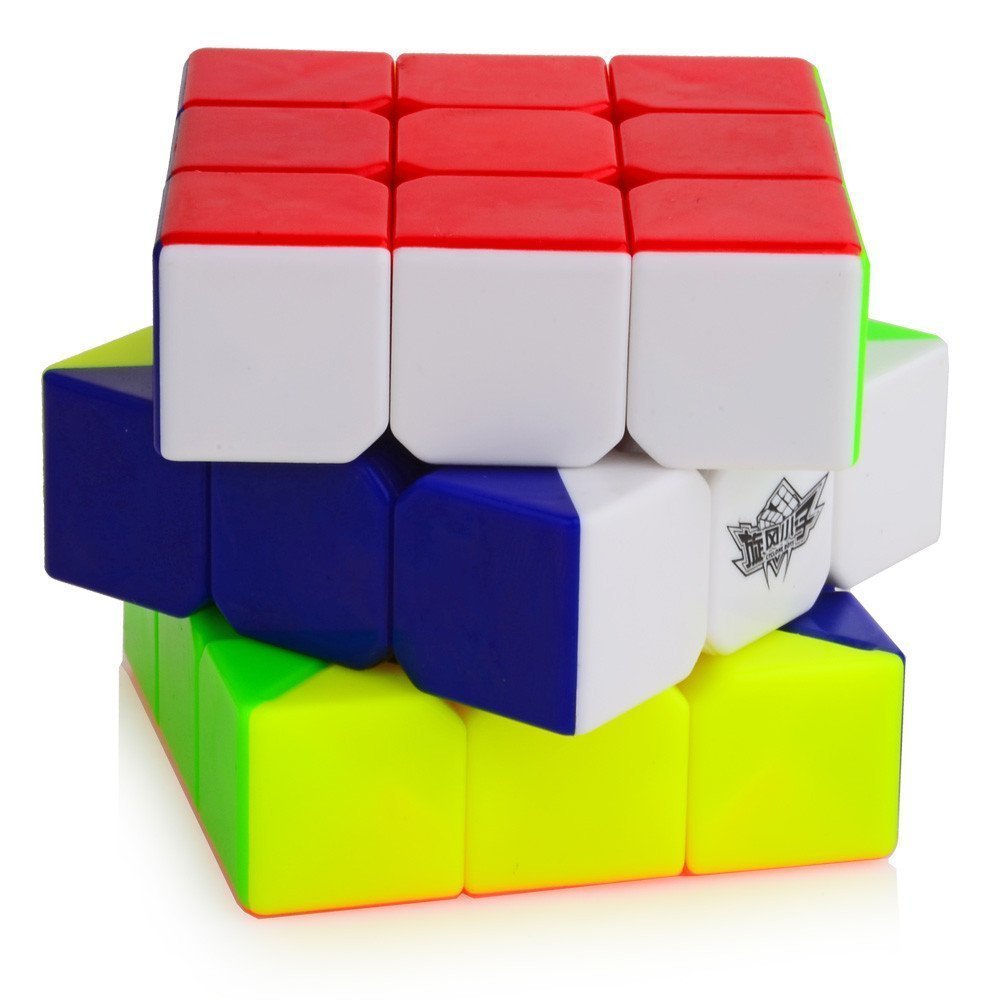
“If you are curious, you’ll find the puzzles around you. If you are determined, you will solve them.” – Erno Rubik
My son handed me a Rubik’s cube and said, “Can you solve this?” Suddenly, all of those childhood memories of crushing defeat came rushing back.
“Ughhh,” I thought to myself. I remember as a kid taking apart the cube and putting it back together was the only way I could “solve” the annoying puzzle.
I decided that night that I would learn to solve the Rubik’s cube.
Deciding is often the most difficult part of any task. Deciding to do the thing and then continuing to make the same decision over and over until the thing is done.
I searched how to solve the Rubik’s cube late that night and stayed up until 3 in the morning learning various algorithms based on the CFOP method. I got about 80% of the way there, but it got too late and my brain was mush.
The next day I showed my kids my new found 80% solving capabilities. Not good enough. They weren’t satisfied.
I spent the next day, maybe two, learning more about the last few algorithms and why they worked. Also “how” they worked. I started to understand them more than just random strings of R, U, R’, U, R, U, U, R’ and the like.
The more I practiced, the easier it became. I’m pleased to say that I can now defeat any unsolved Rubik’s cube that comes my way—assuming it’s the 3x3x3 variety.
- Solve the white cross
- Solve the the white corners.
- Solve the first two layers.
- Orient the yellow cross.
- Position the yellow corners.
- Redeem your childhood defeat.

My best time so far is a measly 3:55. Maybe I'll keep going for a sub minute solve...
Update: As of January 1, 2017, my fastest speed is 55.617 seconds. ⚡️
More Than Just a Puzzle
I like to explore metaphors and connections whenever possible and this Rubik’s Cube is a great one for goal setting.
When you set a goal it needs to be specific and there needs to be a strong “why” to keep you motivated. Most goals also need smart goals along the way. Smaller goals within the large goal that keep you on path. Like little checkpoints.
Celebrate the checkpoints. There tiny accomplishments that confirm you’re on the right track.
It’s empowering to solve the first step correctly. The same way it’s empowering to hit the first checkpoint on any goal. Same goes for the other checkpoints. If everything is small and bite-sized along the way, it’s manageable.
If you’re only goal is “Solve the Rubik’s Cube,” that’s not going to be very helpful.
You need a big goal and smaller smart goals along the way. And don’t forget your “why.” That’s gonna keep you motivated.
I wanted to impress my kids AND teach them how to solve the cube as well. I also wanted to prove to myself that I could learn it. A valuable teaching moment in the works. That was my "why."
My kids haven’t quite gotten it just yet, but they can get up to Step 2. They know they’re on the right track, and know the next step. Is it hard? Kind of, but at least it’s clear what needs to be done.
Update: Both my 9 year old (57 secs) and 6 year old (under 2 mins) can solve the cube.
It’s said that only 6% of the population knows how to solve a Rubik’s cube. If it was easy everyone would do it.
Fun Facts
- As of this writing, Lucas Etter from Kentucky, set the 2015 world record at age 14 for solving a Rubik’s Cube in 4.90 seconds.
- There are over 43 quintillion (43,252,003,274,489,856,000) possible arrangements of the puzzle pieces in a Rubik’s Cube.
- Erno Rubik created the Rubik’s cube in 1974 while trying to solve the structural problem of moving parts independently without the entire mechanism falling apart. He did not realize that he had created a puzzle until the first time he scrambled his new Cube and then tried to restore it. Source.
I ordered several cubes from Amazon for me and my kids. This one is my favorite if you’re feeling inspired to grab one for yourself. Only $7.
